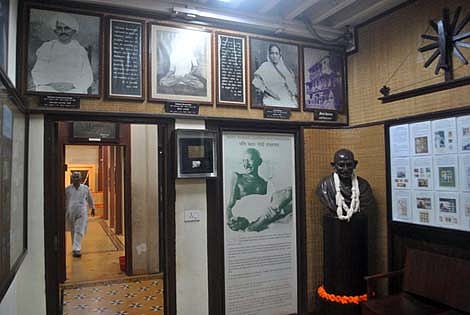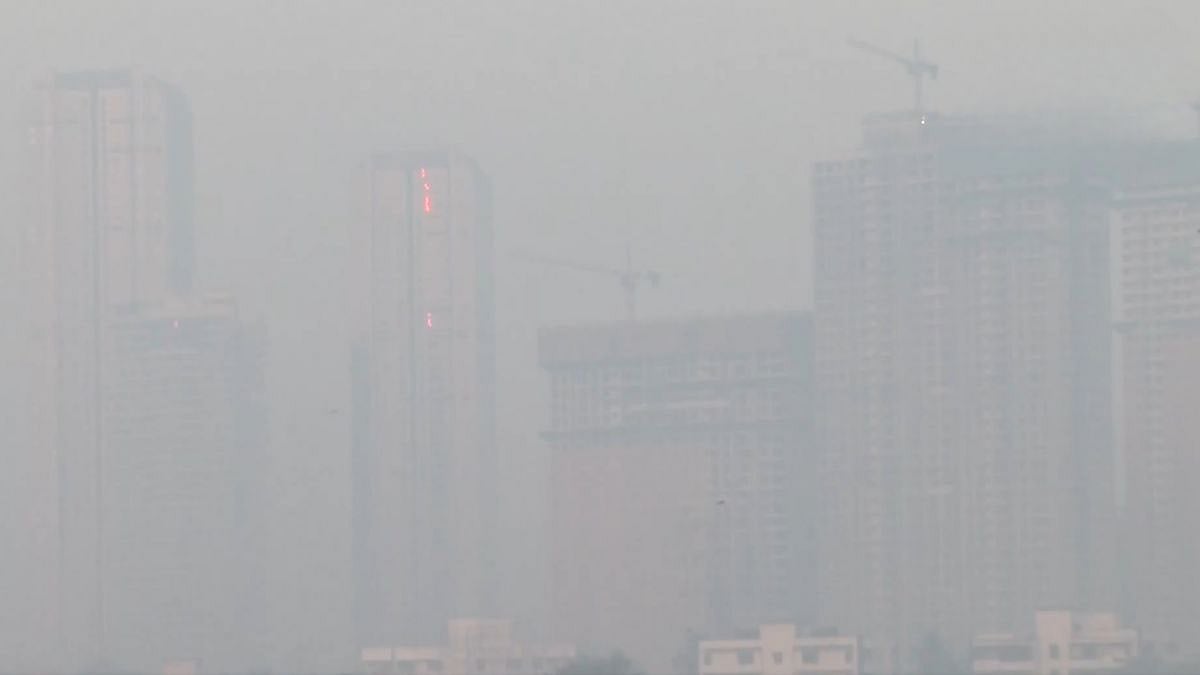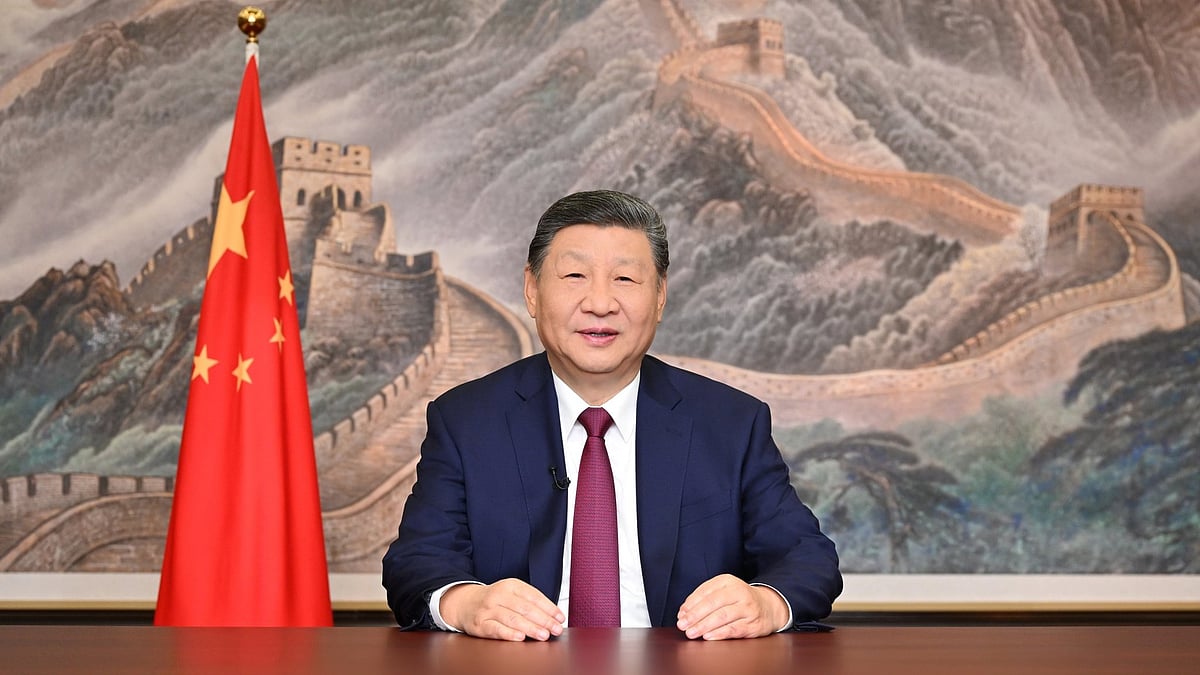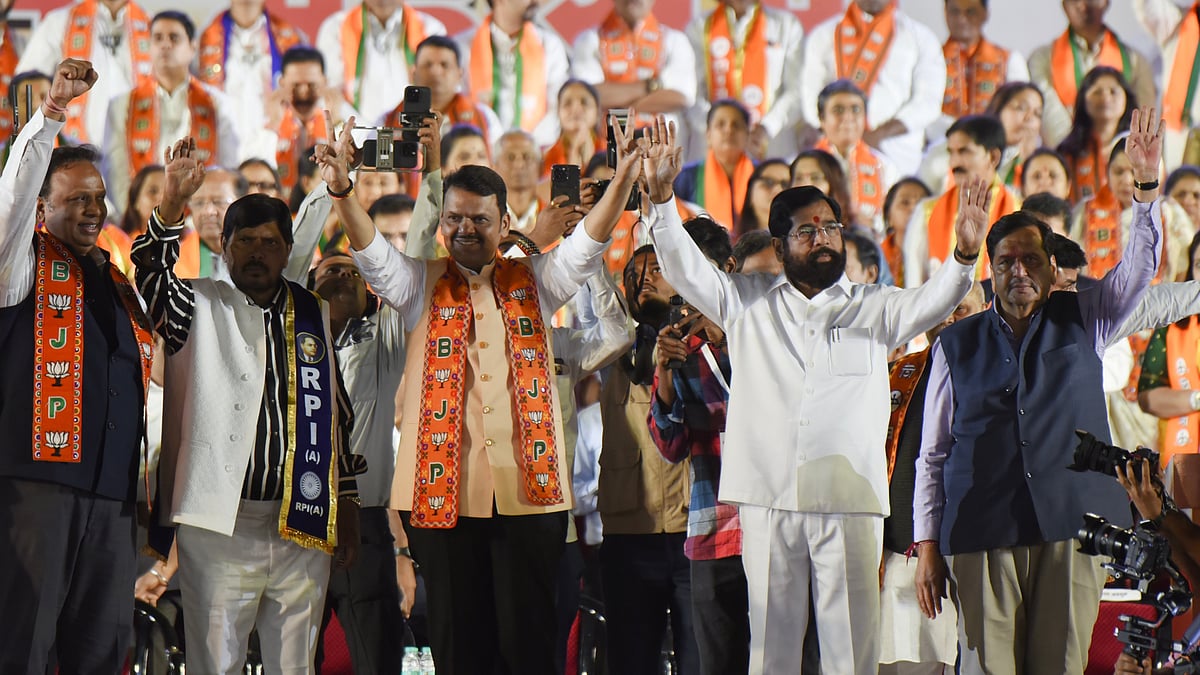In the pomp and splendour of the many ceremonies that usually mark our Independence Day, this 75th year making the occasion momentous, the focus is on the nation’s capital. The pageantry and political messaging have been from Delhi in recent decades and it is understandable that people do not remember that other cities had a great deal to do with India’s freedom movement. Cities and towns across India, small and big, have their special bond with incidents and people of the movement; Mumbai does too. In fact, Mumbai or Bombay’s relationship with the freedom movement runs so deep and wide, with multiple strands weaving a layered and complex tapestry, that it deserves a deeper study of its own.
In popular imagination as well as literary construction, especially in the post-liberalisation decades, Bombay is the place of trade and commerce, entertainment and glamour, mafiagiri and dons, hard-working people and vada pav, slums and super-dense crowds, and the address of several of India’s uber-rich and ultra-famous. In between these realities, the character of the city as a political hub, an intellectual and radical place that shaped the freedom movement, has been glossed over. As generations rebuild over landmarks and visible symbols fade out, it is possible to not think of Mumbai and freedom movement in the same breath.
However, it is a delicious turn in history that the city built by colonialists, initially and in small measure by the Portuguese and later by the British, became the centre of anti-colonial struggle. Stroll through Bombay, dig deep, and a virtual treasure trove reveals the city’s symbiotic relationship with the freedom movement.
The Girgaum Chowpatty, famous in photographs of the city as part of the “Queen’s necklace” and the site of Ganpati idol immersions every year, was the theatre of mass action against the Rowlatt Act in April 1919. People made their way into the water and then gathered on the beach in 24-hour mass fasts, braving police lathis and unmindful of official warnings. The adjoining areas were swamped with people, and “…at French Bridge, the crowd was so great that the speakers could not make themselves heard and two overflow meetings were held,” noted The Bombay Chronicle on April 7 that year.
Chowpatty was also the site of salt-making when Mahatma Gandhi launched his Dandi Satyagraha years later. Though the actual process of making salt from the sea water was somewhat futile, women gathered at Chowpatty in large numbers and lit makeshift chullahs, in addition to women who took over terraces and balconies of buildings nearby, to defy the British salt law and heed Gandhi’s call to action. Years later, Gowalia Tank, not far from Chowpatty and later renamed August Kranti Maidan, was where the clarion call “Bharat Chhodo” or “Quit India” was given on August 9, 1942. Once again, the streets and residential localities nearby were overtaken by thousands of freedom fighters who had braved police lathis.
Tejpal Hall, within an arm’s distance from here, was the site of many a significant meeting of the Indian National Congress where resolutions were drafted and slogans coined. In fact, a 10-minute amble from the Hall towards the east would bring into view Congress House, the building where about 75-80 delegates of various associations and organisations had gathered on December 26, 1885 to form the Indian National Congress with the aim of seeking concessions and autonomy from the British — an agenda that later turned into full-fledged political freedom. Mani Bhavan, where Gandhi lived while in Bombay, now a stop on the tourist map, lies sort of sandwiched between Tejpal Hall and Congress House.
In the lush lawns and stately portals of the University of Bombay were men and women who were stirred by the idea of challenging colonial rule, the tightly-packed lanes of Girgaum was where Bal Gangadhar Tilak started the first public Ganeshotsav to escape police strictures against political meetings and rouse public sentiment against the British, central Bombay’s textile mills’ trade unions led the charge against the British – the now-reconstructed glass and chrome towers outside Prabhadevi station replace the Elphinstone Mill whose precinct saw a massive bonfire of foreign cloth – and nearby Dadar-Parel witnessed workers’ action against both mill owners and the British. Dadar, among other parts of the city, was also home to Dr BR Ambedkar when he lived in hostels. Here, he set up the People’s Improvement Trust printing press – razed in 2016, obliterating that history – and brought out, among other publications, Mooknayak, a fortnightly for and by Dalits.
Why the land, even the waters that lap Bombay carry memories of the freedom movement. An event that deserves greater attention and acknowledgement took place in tens of ships docked at the harbour. The Royal Naval Mutiny of February 1946 was when naval ratings – lowest of the sailors in the hierarchy – revolted, exhausted after their participation in the war, angered by the treatment meted out by British officers, and inspired by the Indian National Army. Like fire, the revolt spread across more than 70 ships berthed from Bombay to Karachi and beyond. The mutineers took down the Union Jack atop the naval ships and hoisted three flags – the tricolour of the Indian National Congress, the green of the Muslim League, and the red of the Communist Party.
Then, there were the many associations and societies which championed the cause of freedom in their own circuits, women like Avantikabai Gokhale and Hansa Mehta who formed samitis and fellowships to participate meaningfully in the movement, schools and colleges like Wilson and Elphinstone which encouraged students to do their bit, trade associations which backed the idea of freedom by keeping their transactions closed and shops shut, and, of course, the vibrant press offices churning out newspapers and periodicals in a number of languages to popularise ideas and strategies of the movement. “All markets in Bombay city were closed on July 22, 1908, and remained closed for a week… workers of all textile mills and railway workshops went on strike for six days. The Army was called out… 16 workers lay dead in the streets with nearly 50 others seriously injured,” noted historian Bipan Chandra in “India’s Struggle for Independence.”
Even Shivaji Park, synonymous in the last 50 years with cricket and the Shiv Sena’s rousing rallies, is less remembered now for meetings during the freedom movement. Bombay’s stellar role in India’s freedom movement is overshadowed by its more recent avatars also because of its essential character of being in the here-and-now, with little patience for the stories of the past, and its attraction for migrants who stream in and out of its spaces, not always sensitive to what those spaces held earlier.
It is a space-starved city too, which means it is rare to find historical monuments or places of significance that are set aside from the daily rhythmic living of people, which become must-see sites where history is revisited every year. Stalwarts will remember; but as the city adopts new avatars, as its spaces change character, the footprints of the freedom movement will be harder to find. Therefore, the state government or the municipal corporation should have tapped into the 75th anniversary to launch a mammoth freedom trail.
The writer is a journalist and urban chronicler, and writes extensively on cities, development, gender and media. She is the founder editor of ‘Question of Cities’









